When people picture ancient North America, they usually think of scattered tribes or nomadic groups. But long before Europeans arrived, the continent was packed with real cities. These places had roads, governments, trade routes, and spiritual centers. Some had populations that could challenge medieval London. Others tracked the stars with stunning accuracy. None of them appear on the maps we’re used to, but their impact still echoes through archaeology and the land itself.
Here’s a closer look at the cities that once defined North America—long before anyone called it that.
Cahokia
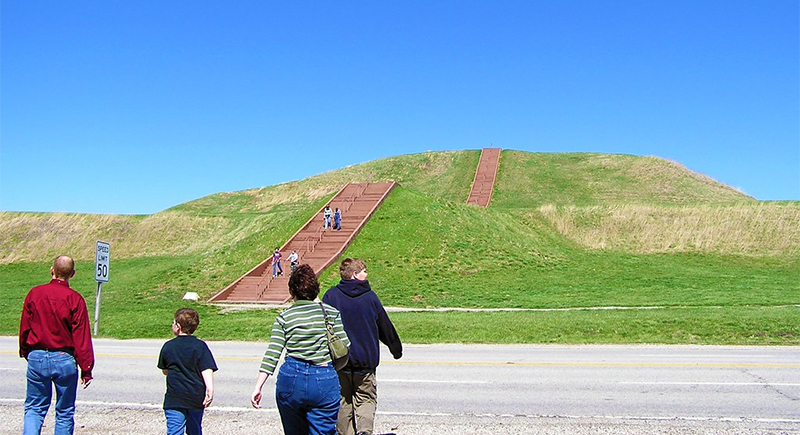
If you think ancient North America was all small villages, Cahokia says otherwise. Around 1100 CE, tens of thousands of people lived near what’s now St. Louis. Its biggest mound covers 14 acres—more land than a modern-day Walmart Supercenter and its parking lot.
Chaco Canyon
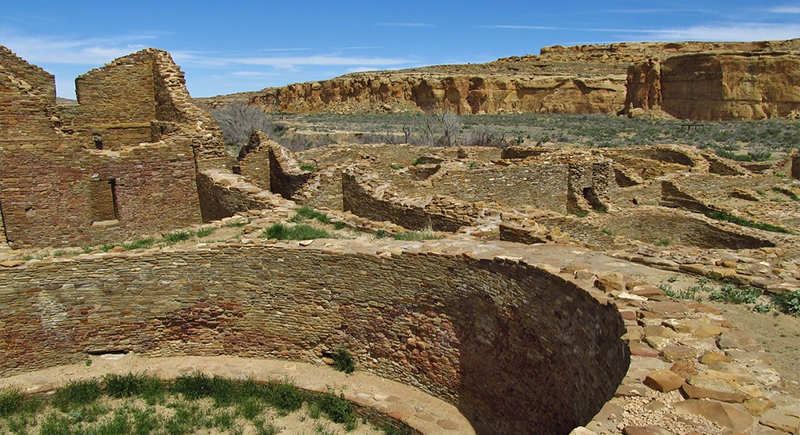
At first glance, Chaco Canyon looks like ruins in the New Mexico sun. But it tells a deeper story. Between 900 and 1150 CE, people here tracked lunar cycles and built aligned structures without wheels or metal tools. Their buildings had hundreds of rooms and stood four stories high.
Teotihuacan
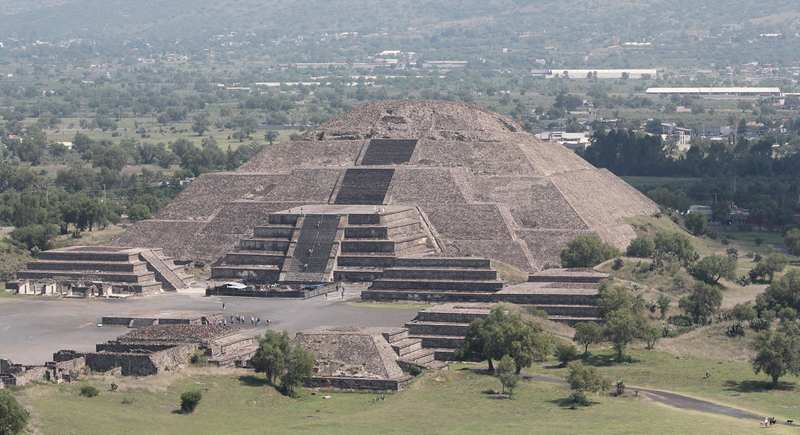
This city near Mexico City was booming before the Aztecs arrived. At its peak, it had over 100,000 people, wide streets, and temples the size of football fields. Teotihuacan influenced architecture and religion across Mesoamerica. But the original builders remain a mystery we haven’t cracked.
Mesa Verde
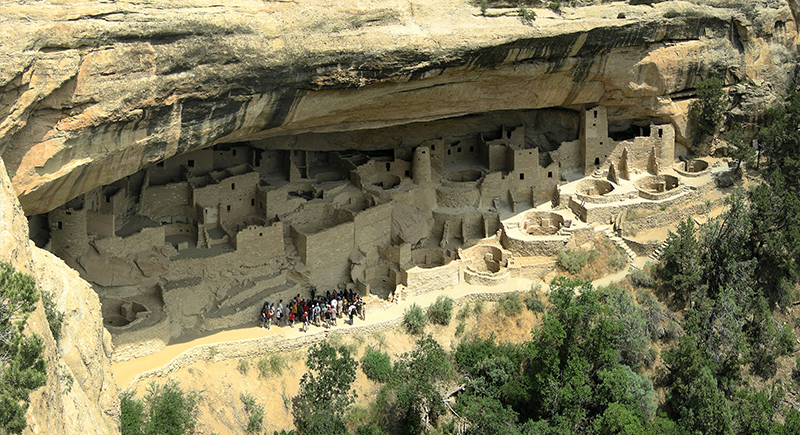
Ancestral Puebloans carved houses into the side of a canyon. Between 600 and 1300 CE, they built hundreds of dwellings into natural rock alcoves. These cliff homes stayed cool in summer, protected families, and had great views.
Poverty Point
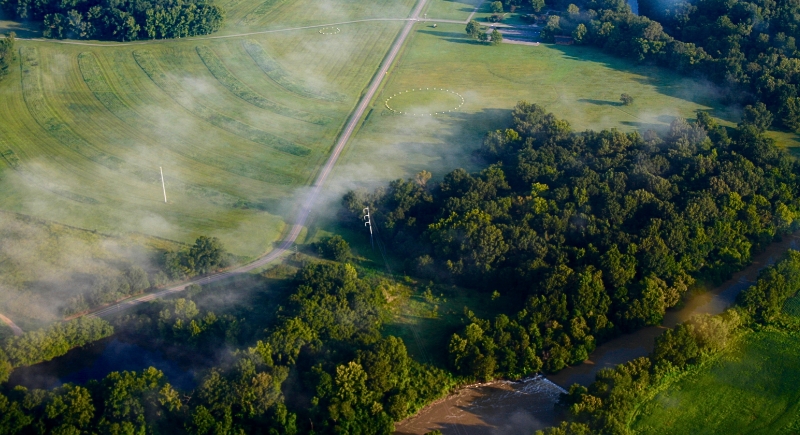
This place in Louisiana is older than you’d expect. People built it around 1700 BCE—centuries before most of the ancient wonders we learn about in school. It includes massive earth ridges and mounds. They hauled stones from hundreds of miles away without wagons, wheels, or animals.
Tikal
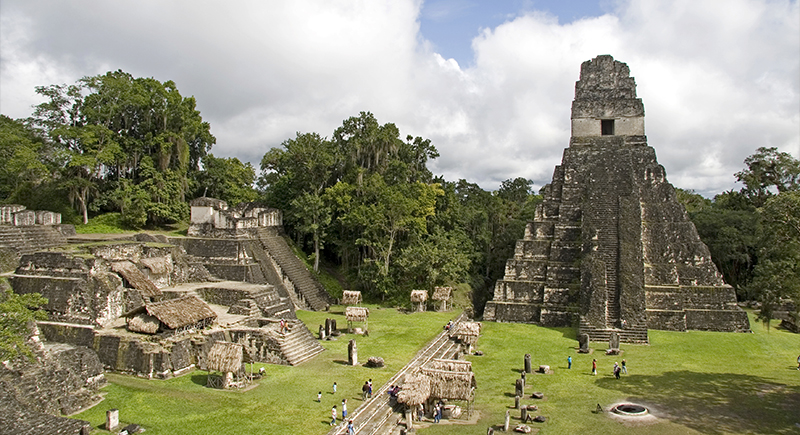
Tikal isn’t easy to reach, even today. It’s deep in the Guatemalan jungle, but between 200 and 900 CE, it was one of the most powerful Maya cities. The rulers built massive temples and ran a trade network that stretched for hundreds of miles.
Moundville
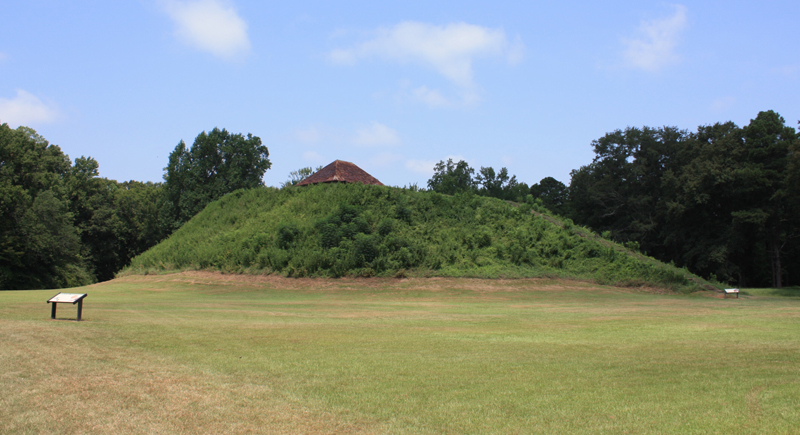
At Moundville, you’ll find more than 25 mounds rising out of the landscape. It used to be a major Mississippian center that peaked around 1300 CE. People gathered here for ceremonies and trade. The mounds also held homes, temples, and tombs.
Copán
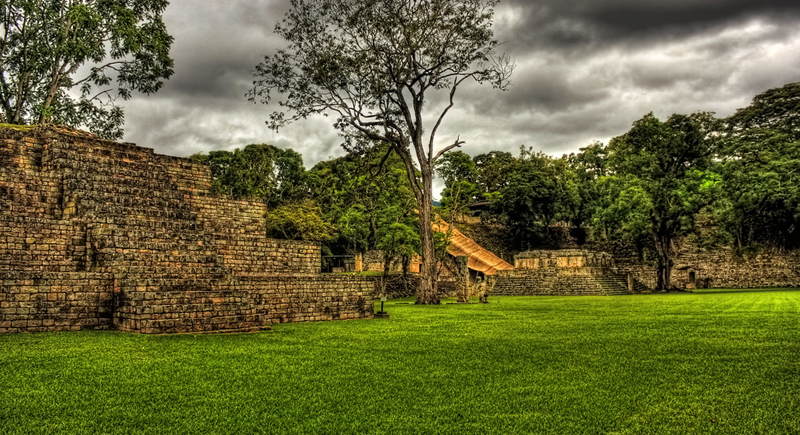
Walk through Copán in Honduras and you’ll see more than buildings—you’ll see stories. The Maya carved their history into staircases and statues here between 400 and 800 CE. One staircase alone holds over 2,000 glyphs. This place was packed with art, math, and royal drama.
Serpent Mound
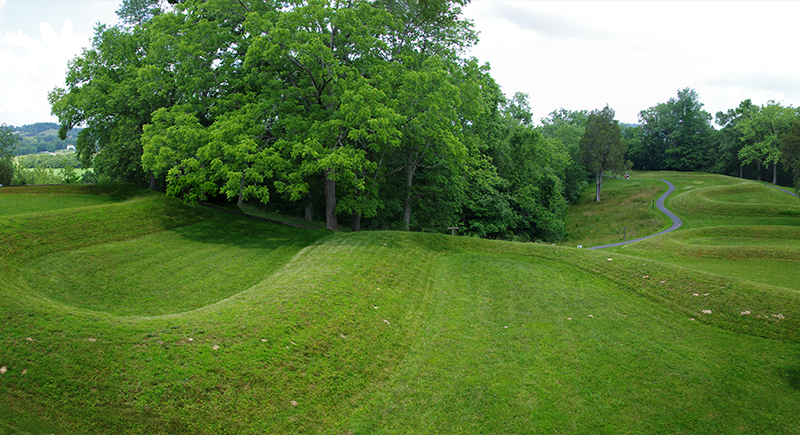
It’s not just a snake-shaped hill. The Serpent Mound in Ohio is over 1,300 feet long and curves with purpose. Its head lines up with the summer solstice sunset. Some researchers think the coils match lunar cycles. That level of planning means this was built with serious intention.
Cahokia’s Surroundings

Cahokia wasn’t isolated. It was surrounded by dozens of connected towns, especially around today’s East St. Louis. These communities had their own mounds and leaders. They supported the main city by growing food, trading goods, and hosting ceremonies. It worked more like a metro area than a single city.
Acoma Pueblo
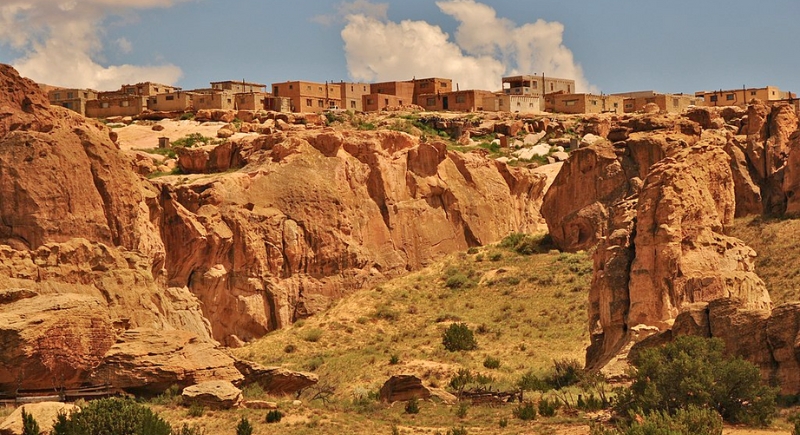
People have lived in Acoma Pueblo since around 1100 CE—and they haven’t left. This mesa-top village in New Mexico earned the nickname “Sky City” for a reason. The location kept invaders out, and the adobe homes still stand. It’s one of the oldest continuously inhabited places in the U.S.
Etowah Mounds

In Georgia, you’ll find the Etowah Mounds—six large earthworks built between 1000 and 1550 CE. These were foundations for homes, temples, and council houses. Artifacts found here show the trade with distant regions and careful planning in both politics and religion.
Caddo Mounds
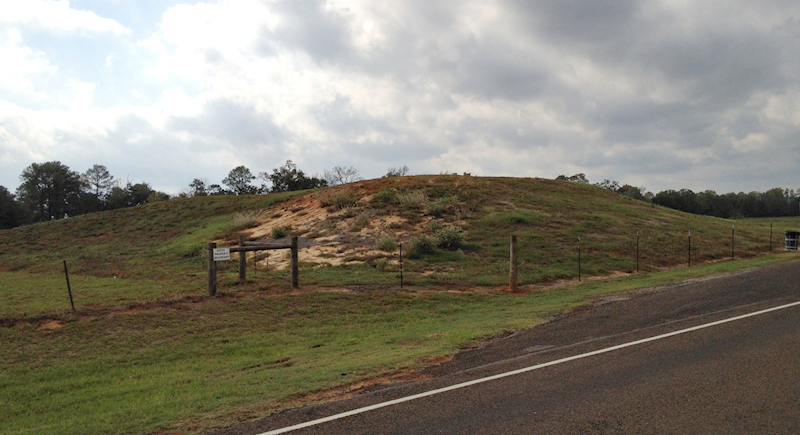
The Caddo people built this site in eastern Texas around 800 CE. Three large mounds anchored their community. One held elite burials, while the others supported temples and gathering places. Their pottery stands out for its quality and design. Caddo traders reached across the entire southeastern U.S.
Spiro Mounds
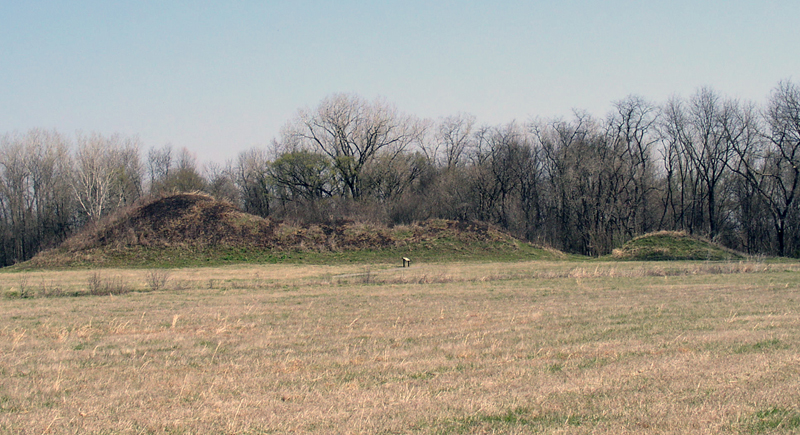
Spiro, in eastern Oklahoma, wasn’t the biggest Mississippian site—but it was one of the richest in culture. Around 900 CE, leaders buried sacred items inside a hollow mound chamber. That stash included copper plates, engraved shells, and fabrics. These artifacts showed skill and a wide-reaching trade network.
Paquimé (Casas Grandes)
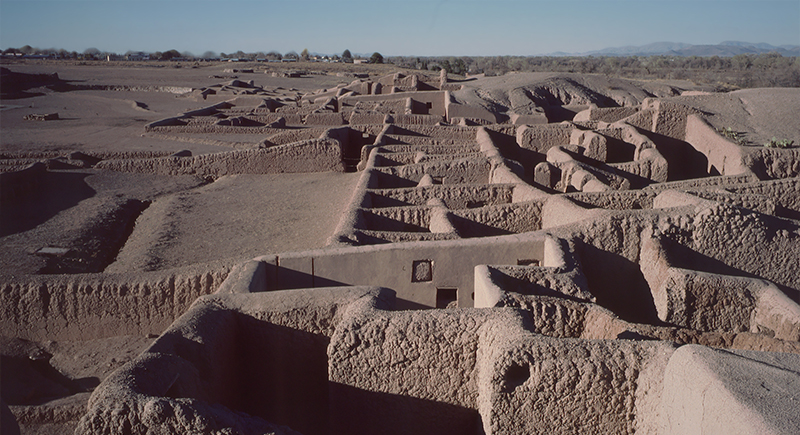
In northern Mexico, near today’s U.S. border, Paquimé linked Mesoamerican cultures with the American Southwest. Between 1200 and 1450 CE, its people built multi-story adobe buildings, ball courts, and even raised macaws for trade. The city shows how far ideas and goods traveled across desert landscapes.